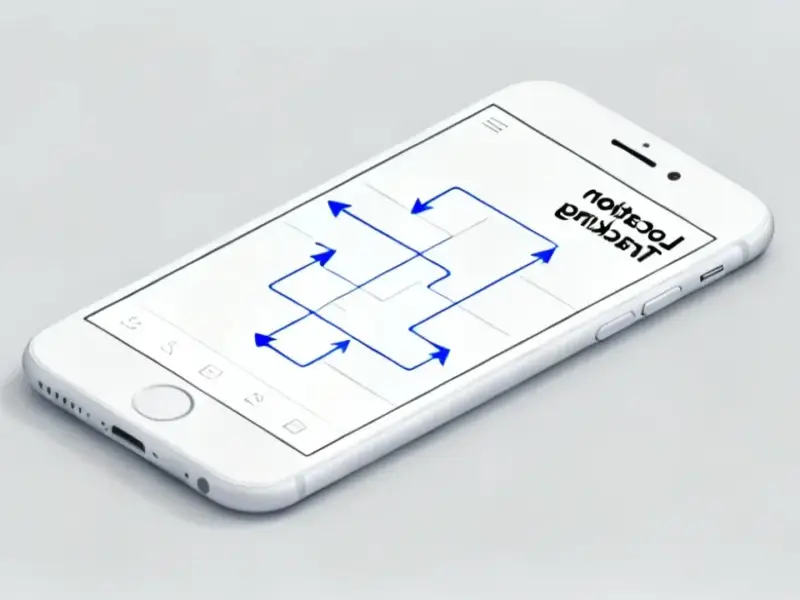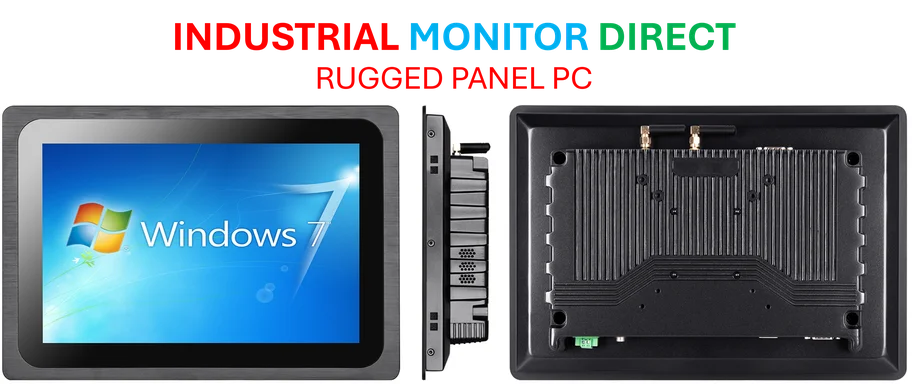According to MacRumors, Illinois residents can now add their driver’s license or state ID to Apple Wallet after the feature went live yesterday. The digital IDs are accepted at TSA checkpoints in more than 250 airports nationwide, including Chicago’s O’Hare and Midway airports. To set it up, users simply open the Wallet app, tap the plus sign in the top-right corner, and select Driver’s License and ID Cards. The feature is already available in 13 other states plus Puerto Rico, including Arizona, California, Colorado, and Georgia. Apple says Connecticut, Kentucky, Mississippi, Oklahoma, and Utah plan to offer the feature eventually but provided no specific timeframes. Japan’s My Number Card can also be added to Apple Wallet through the same process.
The Convenience Question
Here’s the thing about digital IDs – they’re incredibly convenient until they’re not. I mean, think about it: no more fumbling through your wallet at airport security or when buying age-restricted items. But what happens when your phone dies? Or when you’re somewhere without service? There’s still that fundamental dependency on technology that makes me a bit skeptical.
And let’s talk about business adoption. Apple says these IDs work at “select businesses and venues” but provides no actual list. So basically, you might be able to use it at the airport but not at your local bar. That fragmented rollout could seriously limit how useful this actually is for everyday situations.
The Security Question
Now, Apple’s security page explains all the encryption and privacy protections, but I’ve got to wonder – how comfortable are people really with having their official government ID living on a corporate device? We’ve seen enough data breaches and privacy concerns over the years to make anyone pause.
Plus, there’s the whole issue of what happens if you lose your phone. Sure, you can remotely wipe it, but that gap between realizing it’s gone and actually securing your digital identity? That’s a pretty scary window. And let’s be real – most people don’t have Find My enabled properly anyway.
Where This Is Headed
Looking at the bigger picture, this feels like another step toward the fully digital identity future that tech companies have been pushing for years. But the state-by-state rollout is painfully slow – we’re talking about maybe 15-20% of states after years of development.
The real test will be whether businesses actually adopt this beyond airports. If your local grocery store, bank, or police officer starts accepting these digital IDs? Then we’re talking about a genuine shift. Until then, it’s mostly a fancy airport convenience that still requires you to carry your physical ID as backup.
So is this the future? Probably. But we’re definitely in the awkward transition phase where you’ll need both digital and physical IDs for the foreseeable future. And honestly, that might be the safest approach anyway.




